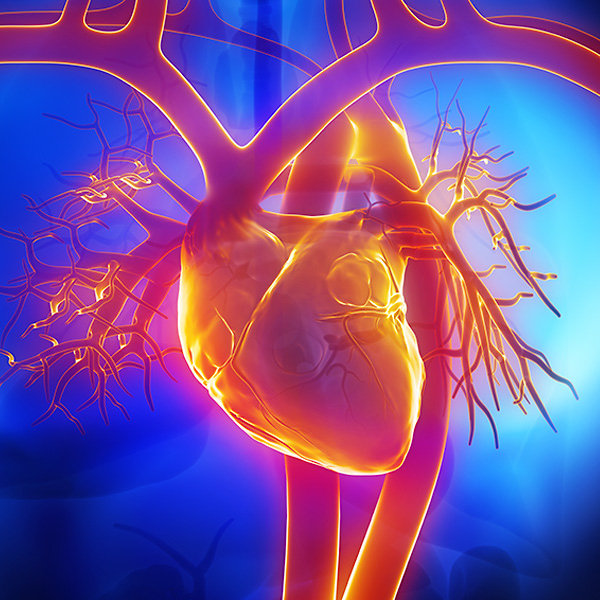Transposition of the Great Arteries
Overview and Facts about Transposition of the Great Arteries
Transposition of the great arteries is a congenital heart condition that develops as a result of fetal abnormalities that typically appear during the first eight weeks of pregnancy.
In patients with transposition of the great arteries, the two main arteries carrying blood from the heart to the lungs are reversed in position. This situation, though rare, is potentially serious. It may cause low levels of oxygen in the blood, which can be life-threatening to an infant.
Signs and Symptoms of Transposition of the Great Arteries
Transposition of the great arteries is often diagnosed shortly after the childbirth. Symptoms can include:
- Blue skin at birth (cyanosis)
- Low blood oxygen level (hypoxemia)
- Labored breathing
- Rapid heart rate
- Cool or clammy skin
- Lack of appetite
- Failure to gain weight
If transposition of the great arteries is not treated, a lack of oxygen in the bloodstream can cause tissue death. Permanent heart or lung damage may result.
Causes and Risk Factors of Transposition of the Great Arteries
Transposition of the great arteries develops as the fetus grows in the womb. Some health conditions or risk factors that could increase a child's likelihood of having transposition of the great arteries include:
- Maternal age of over 40
- Rubella during pregnancy
- Other viral illnesses during pregnancy
- Maternal diabetes
- Alcohol/smoking during pregnancy
A child is more likely to develop this condition if there is a family history of birth defects. However, the condition can also develop randomly.
Tests and Diagnosis of Transposition of the Great Arteries
Transposition of the great arteries is often diagnosed within the first few days of a child's life. In some cases, it may even be diagnosed before birth. However, doctors generally do not perform extensive prenatal scans of the heart unless they already suspect the baby is at a high risk for birth defects.
Your child's doctor might suspect this condition if the child has low blood oxygen levels or other symptoms of a circulatory problem shortly after birth. Tests that help confirm the diagnosis include:
- Echocardiogram
- Chest X-ray
- Electrocardiogram (ECG or EKG)
Your child's doctor might also recommend a procedure known as cardiac catheterization, which involves threading a thin tube called a catheter through a major blood vessel and into the heart. The doctor can then use a tiny camera or other tools to examine the heart and surrounding blood vessels.
Treatment and Care for Transposition of the Great Arteries
Children with this condition require surgery. Often, your child's doctor will refer your child to a pediatric cardiologist, a doctor who specializes in children's heart conditions. In most cases, surgery is performed within the first few weeks of the child's life.
With this condition, your child will need to be monitored by a cardiologist for the rest of their life. With proper care, many children with transposition of the great arteries go on to live healthy, normal lives, but this condition can sometimes contribute to other heart problems and additional surgeries.

Request an Appointment
Loyola Medicine heart and vascular specialists have the experience and technology to treat the most difficult cardiac and vascular conditions. Schedule an appointment today.
Schedule a Telehealth Appointment
